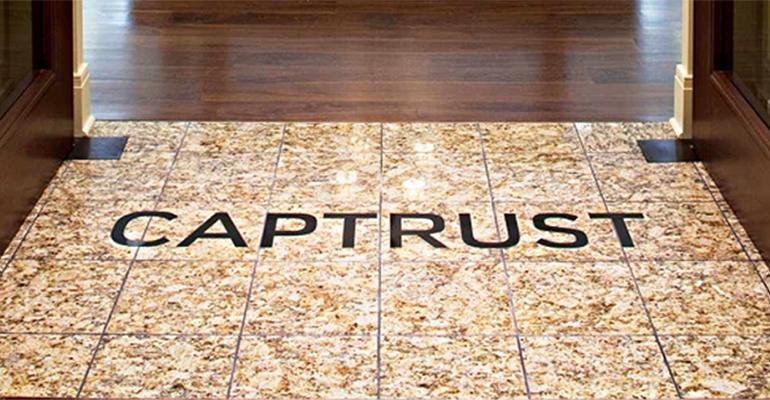By Rick Shoff
As fulfilling as I have found this profession and my career within it to be, the truth is that between 2002 and 2006, I was at a crossroads. I had built a successful advisory firm in Philadelphia, with an excellent team around me. We had excellent processes, a strong client-service model, and a degree of scale that seemed to render me obsolete at times. Don’t get me wrong; that was a good thing. The more we functioned and relied on each other as a business—rather than one person assigned to do the heavy lifting—the better and stronger our business became. However, like many advisory business owners looking to grow and scale up, it can be difficult to come into the office, uninspired by the status quo and unclear on how to take advantage of our capacity to grow.
It was then that I began what I consider a “two-year walkabout.” The business was in great shape, and, if we were going to take it to the next level and keep growing, we needed to find a catalyst to ignite the next phase of growth. I wasn’t necessarily looking to sell the business, but I was interested in finding ways to infuse new energy, renewed purpose and a vision I could buy into, again. I wandered the advisory landscape, talking to my peers and searching for like-minded advisory-firm owners.
While today there are rollups, aggregators and other service providers to RIAs, there were slim pickings in terms of partnership options for independent advisory firms in the early to mid-2000s. I talked to the usual suspects at that time—NFP Advisor Services, regional banks, National Retirement Partners and some of the other early-stage affiliate models. I also had a lot of merger chats.
Then I met Fielding Miller. My initial assumption about Fielding and his firm was that they were no different than the rest. I expected the “We’re positioning to sell or go public in five years” pitch and the “Trade your worthless local equity for our hugely valuable equity that is going to make you wildly rich” pitch. At this point in my search, my guard was way up.
Fielding wasn’t selling anything. He simply showed me what he had already built and explained his plans to make it even better. He talked passionately about culture, purpose, vision and meaning. Valuation be damned, he was driven to build something that would have meaning on a large scale. He wasn’t looking to become rich quickly so he could retire to the Caymans or find himself on the cover of a magazine. He wanted to sleep at night knowing that he was helping hundreds of advisors and employees to help thousands of clients—and make a huge impact. He was a believer in people and their inherent potential for good. With genuine humility, he admitted they were far from “figuring it out,” and he invited me to help build his firm.
At the time, CAPTRUST was located in a two-story walk-up, with about $16 million in gross revenue and 60 employees. But back then, as new models sprouted up like crabgrass, this was significant. Fielding and his team had already built a business that, if they had any inclination to spend their time on publicity, would likely have scared the daylights out of would-be financial buyers touting a model-first mentality with no sustainable substance.
That was 11 years ago, and much has changed in the industry since then. The landscape is now riddled with buyers of advisory firms. They come in all shapes and sizes. The older ones (10+ years) are in an interesting state; you used to read only about their victories and grand plans. Now, the headlines tell of advisors throwing in the towel, frustrated that they were sold something that never materialized.
But what hasn’t changed in the 11 years since I made what I consider to be the most important business decision of my life, is Fielding’s initial philosophy: Don’t sell out; buy in. These are simple but profound words. While we’ve grown to be by some measures the largest registered investment advisory firm in the country, the culture and bedrock of this firm has never wavered. When advisory teams buy in here, they are doing so for the right reasons. We’re painstakingly careful that we bring on advisors with the right mind-set: the desire for growth, to give back, and to join a special group with incredible focus.
If this sounds self-congratulatory, biased and one-sided, I can live with that. While we could easily have jumped into the “Whose model is better?” hype that began in earnest a decade ago, we didn’t. We just kept building. As the largest of any independent financial firm actively seeking to add partners with an inorganic growth strategy, we could have thrown our weight around ages ago, but we didn’t. And as others pontificate and scramble to change their models and approaches—reacting to industry headwinds or advisors now wise to old tricks—we just keep quietly building. One brick at a time.
Rick Shoff is a managing director and member of the advisor group at CAPTRUST, an RIA with $247 billion in client assets, headquartered in Raleigh, N.C. Prior to joining CAPTRUST in 2006, he founded Plan Advisory Services.

